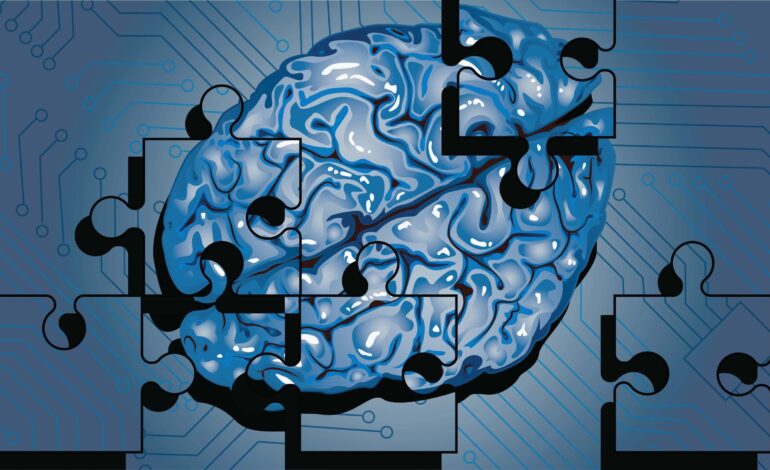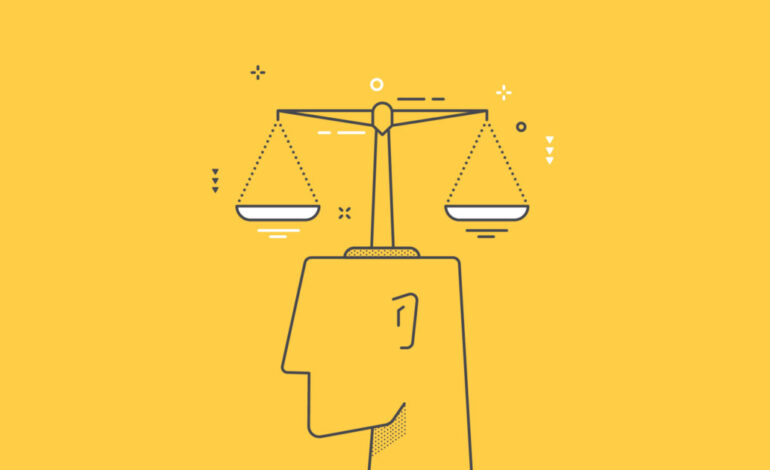
Human memory is a complex and fascinating process that allows us to encode, store, and retrieve information. These processes are collectively known as memory. Memory is essential for learning, decision-making, problem-solving, and overall cognitive functioning.
Memory can be divided into two main categories: short-term memory and long-term memory. Short-term memory lasts only a few seconds or minutes at most; this type of memory is used when you’re taking notes in class or trying to remember what someone just told you on the phone. Long-term memory is much more durable; it can last anywhere from days to years after the initial event took place.
While our understanding of memory is still evolving, here is a general overview of how the brain encodes, stores, and retrieves information:
Encoding

Encoding is the process of converting sensory information into a form that the brain can process and store. It involves transforming the external stimuli (what we see, hear, touch, etc.) into neural codes that can be represented and stored in the brain. Different sensory modalities activate specific brain regions responsible for processing that type of information.
For example, visual information is primarily encoded in the occipital lobes at the back of the brain, while auditory information is processed in the temporal lobes. Encoding can be influenced by attention, interest, and prior knowledge, as focused attention on information helps in better encoding and memory formation.
The encoding process begins when we first experience something through our senses; this is called sensory perception. We encode what we perceive into memory by attaching meaning to it: “This is a chair,” “I like this song,” or even “I hate this guy.” This process happens automatically without any conscious effort from us; however, we can influence it with focused attention or prior knowledge about something new we’re experiencing for the first time (e.g., listening to a new song).
Storage
After encoding, the brain stores information in different forms and locations, depending on the type and duration of memory: short term memory, long term memory, sensory memory
- Short term memory is the type of memory that lasts from a few seconds to a few minutes. It is temporary storage for the brain’s working memory. Short term memories are stored in an area at the front of your brain called your prefrontal cortex. Short term memories are useful for remembering phone numbers or directions when you are driving to a new location, but they are not very good at storing events or facts over long periods of time.
- Long term memory is a more permanent form of storage than short term memory. Long term memories can last from days to years, depending on how much they are used during that time period. Long term memories are stored throughout your brain in many different areas called “hippocampus,” “amygdala,” and “hippocampal gyrus.” These areas help you remember things like your favorite color or where you parked your car at work today so that you can find it tomorrow morning before work starts again.
- Sensory memory is our ability to hold onto information from sensory experiences like sights and sounds just long enough for us to identify what they are before moving on to more complex processing (such as identifying what those sights mean). For example: if you walk into a room with lots of unfamiliar faces, your brain will take a quick snapshot of each person’s face and compare it against previous memories of people you know—then it will decide which faces belong there and which do not. Then, it’ll move on immediately to other tasks without having to spend any more time considering them further.
You can’t just store a memory in one place and expect it to stay there forever. It’s true that STM has a limited capacity, but the consolidation process is critical for transferring information from STM to LTM. During sleep and periods of rest, the brain replays and strengthens the neural connections formed during encoding, solidifying the memory trace.
Retrieval

When you need to remember something, your brain goes through a process called retrieval. This is what happens when you remember something—you’re retrieving the information that’s stored in your memory. Retrieval cues can trigger the recall of associated memories, so if you’re trying to remember something and then see a picture of it, you’ll be more likely to remember that picture.
The process of retrieval can be influenced by various factors, such as the strength of the memory trace (how well you encoded it), the context in which the memory was formed (like whether it happened during an exam), and the availability of appropriate retrieval cues (like seeing a picture). Sometimes, retrieval failures can occur if there is no appropriate cue available at the time.
When you look back on your life, the memories that come to mind are not always the ones you’d expect. In fact, there are many reasons why certain memories stick around while others fade away. The brain is a remarkable organ and can encode, store, and retrieve information in an incredibly dynamic way. The ability to remember is not only limited by time but also by space—it’s possible for memories to be forgotten or distorted over time because of where they’re stored in the brain.
No matter what type of memory we’re talking about—whether it’s a memory from yesterday or one from fifty years ago—it’s important to remember that our brains are constantly changing and evolving over time.
RUCHI RATHOR Founder & CEO
Payomatix Technologies Pvt. Ltd.
FOUNDER AND INVESTOR | PAYMENTS PROCESSING EXPERT | MERCHANT ACCOUNT SOLUTIONS | WHITE LABELLED PAYMENT GATEWAY | Dreamer, Creator, Achiever, Constantly Evolving
Website Ruchi Rathor: https://ruchirathor.com
Website Healing Heart https://thehealingheart.me/
Instagram https://www.instagram.com/_ruchirathor_/
LinkedIn https://www.linkedin.com/in/ruchirathor12/
Facebook https://www.facebook.com/ruchi.rathor.magnificient
Tumblr https://www.tumblr.com/blog/ruchirathor-thehealingheart
Medium https://medium.com/@ruchirathor_23436









